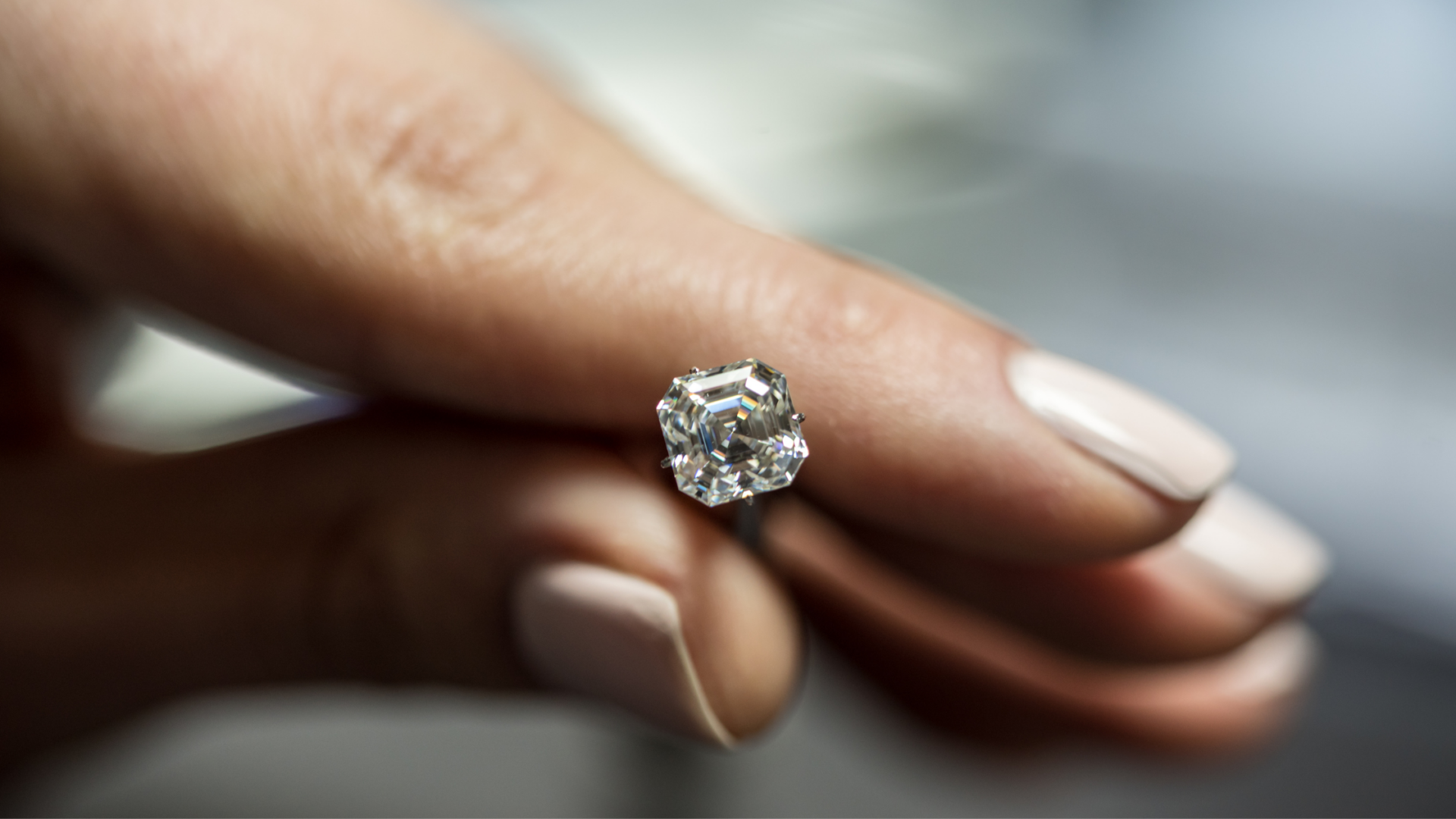Hello all, I'm a newbie here, so any input would be appreciated. I am currently seeking a yellow diamond cushion and is considering between two, both of which are Cushion Modified Brilliant cuts. Of course, I know there are loads of other information I have to take into consideration, but I'm hoping that this topic can be gear towards the stones' face-up size, aka spread?
2.00ct
7.11 x 6.91 x 4.51
Table 62%
Depth 65.3%
2.30ct
7.56 x 7.51 x 4.83
Table 63%
Depth 64.3%
1) Do you think these face up smaller in their respective carat weight? I've been looking at diamond size charts (are these accurate at all?), and seems like a 2ct cushion should have something like 7.5mm.
2) Based on my limited knowledge, I believe both of these have "good" table and depth percentages for a cushion. For example, none of these are particularly too deep, so how come it is facing up smaller?
3) What is an accurate way to compare face up values between cushions? Do I simply multiple L x W?
4) Does the L/W ratio (whether it is more rectangular or square) affects a cushion's perceived face up size?
Many many thanks in advance for your help!!
2.00ct
7.11 x 6.91 x 4.51
Table 62%
Depth 65.3%
2.30ct
7.56 x 7.51 x 4.83
Table 63%
Depth 64.3%
1) Do you think these face up smaller in their respective carat weight? I've been looking at diamond size charts (are these accurate at all?), and seems like a 2ct cushion should have something like 7.5mm.
2) Based on my limited knowledge, I believe both of these have "good" table and depth percentages for a cushion. For example, none of these are particularly too deep, so how come it is facing up smaller?
3) What is an accurate way to compare face up values between cushions? Do I simply multiple L x W?
4) Does the L/W ratio (whether it is more rectangular or square) affects a cushion's perceived face up size?
Many many thanks in advance for your help!!




300x240.png)